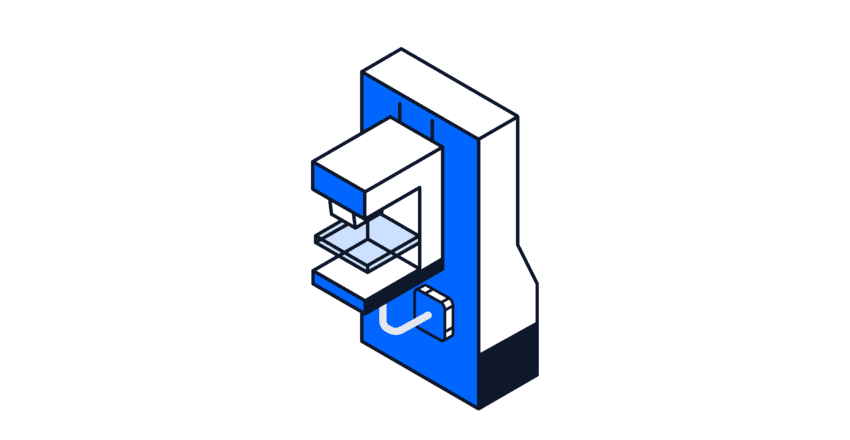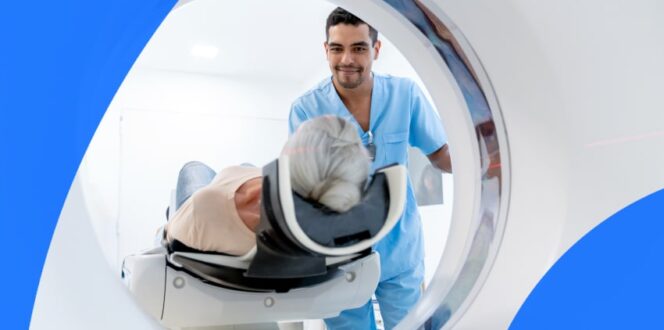A Guide to Mammography: Part 1

What exactly is a mammogram?
In honour of Breast Cancer Awareness Month, we are sharing some information on mammograms, and why getting regular testing, including a baseline screening, is so important.
What is a mammogram?
Simply put, a mammogram is an X-ray picture of the breast. Physicians use mammograms to look for detection and diagnosis of breast disease. Regular mammograms can help doctors find breast cancer early, sometimes a few months or even years before cancer is felt.
How is a mammogram completed?
In Canada, mammograms are done in a clinic or screening centre by a radiology technologist who will position your breast on a special x-ray machine. Mammography takes x-rays at lower doses than usual x-rays. Because these x-rays don’t go through breast tissue easily, the machine has 2 plates that compress or flatten the breast to spread the tissue apart. This gives a better picture and allows less radiation to be used.
In this process, you will stand in front of the X-ray machine, with your breast placed on the lower plate. The second plate will firmly press your breast from above. The plates will compress the breast, holding it still while the x-ray is taken. The steps are repeated to make a side view of the breast. Both breasts will be x-rayed in the same way.
There are 2 kinds of mammograms. A screening mammogram is completed to screen women with no signs of breast cancer. A diagnostic mammogram helps diagnose women who may have signs of breast cancer.
When should I start getting mammograms and how often?
The Canadian Cancer Society recommends that if you are a woman between the ages of 50-74, you should have a mammogram every 2 years. You should always talk to your doctor about your medical history or any other risk factors to determine if you should be screened earlier or more often.
What is a baseline mammogram and why is it so important?
A baseline mammogram is the first screening mammogram a woman receives. This imaging can be used as the basis of comparison for future screening mammograms. Several studies point to the positive impact of baseline mammograms in helping radiologists to better interpret what they see on future mammograms because they have a starting point of comparison. This results in fewer false positive examinations. With PocketHealth, you can permanently store and share your current and historical mammograms with any of your healthcare team, giving you greater control over your medical images and history.
For further information on mammography and breast cancer, the Canadian Cancer Society has many educational resources for women of all ages.
Sources:
- CDC – Breast Cancer
- Radiology.info – Mammography
- Cancer.org – Mammogram Basics
- PubMed.org – Baseline Mammography – What is it and Why is it important?
Published: October 18, 2021
Trusted by more than 800+ hospitals and clinics.



















